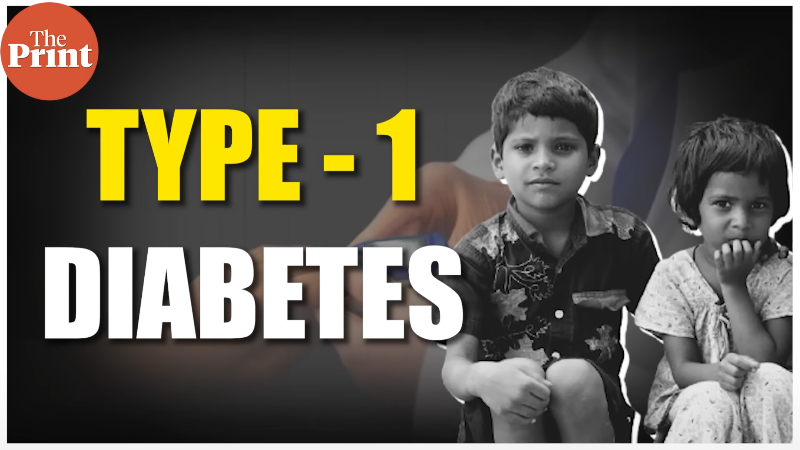by University College London
Fifteen most prevalent long COVID symptoms. Credit: JRSM Open (2024). DOI: 10.1177/20542704241274292
Pain may be the most prevalent and severe symptom reported by individuals with long COVID, according to a new study led by UCL researchers.
The study, published in JRSM Open, analyzed data from more than 1,000 people in England and Wales who logged their symptoms on an app between November 2020 and March 2022.
Pain, including headache, joint pain and stomach pain, was the most common symptom, reported by 26.5% of participants.
The other most common symptoms were neuropsychological issues such as anxiety and depression (18.4%), fatigue (14.3%), and dyspnea (shortness of breath) (7.4%). The analysis found that the intensity of symptoms, particularly pain, increased by 3.3% on average each month since initial registration.
The study also examined the impact of demographic factors on the severity of symptoms, revealing significant disparities among different groups. Older individuals were found to experience much higher symptom intensity, with those aged 68–77 reporting 32.8% more severe symptoms, and those aged 78–87 experiencing an 86% increase in symptom intensity compared to the 18–27 age group.
Gender differences were also pronounced, with women reporting 9.2% more intense symptoms, including pain, than men. Ethnicity further influenced symptom severity, as non-white individuals with long COVID reported 23.5% more intense symptoms, including pain, compared to white individuals.
The study also explored the relationship between education levels and symptom severity. Individuals with higher education qualifications (NVQ level 3, 4, and 5—equivalent to A-levels or higher education) experienced significantly less severe symptoms, including pain, with reductions of 27.7%, 62.8%, and 44.7% for NVQ levels 3, 4 and 5 respectively , compared to those with lower education levels (NVQ level 1–2—equivalent to GCSEs).
Socioeconomic status, as measured by the Index of Multiple Deprivation (IMD), also influenced symptom intensity. Participants from less deprived areas reported less intense symptoms than those from the most deprived areas. However, the number of symptoms did not significantly vary with socioeconomic status, suggesting that while deprivation may exacerbate symptom intensity, it does not necessarily lead to a broader range of symptoms.
Lead author Dr. David Sunkersing (UCL Institute of Health Informatics) said, "Our study highlights pain as a predominant self-reported symptom in long COVID, but it also shows how demographic factors appear to play a significant role in symptom severity.
"With ongoing occurrences of COVID-19 (e.g., LB.1, or D-FLiRT variants), the potential for more long COVID cases remains a pressing concern. Our findings can help shape targeted interventions and support strategies for those most at risk."
In the paper, the researchers called for sustained support for long COVID clinics and the development of treatment strategies that prioritize pain management, alongside other prevalent symptoms like neuropsychological issues and fatigue.
Given the significant impact of demographic factors on symptom severity, the study underscored the need for health care policies that addressed these disparities, ensuring equitable care for all individuals affected by long COVID, the researchers said.
Study limitations included a lack of information on other health conditions participants may have had and a lack of information about health history. The researchers cautioned that the study may have excluded individuals with very severe COVID and those facing technological or socioeconomic barriers in accessing a smartphone app.
More information: David Sunkersing et al, Long COVID symptoms and demographic associations: A retrospective case series study using healthcare application data, JRSM Open (2024). DOI: 10.1177/20542704241274292
Provided by University College London







Post comments